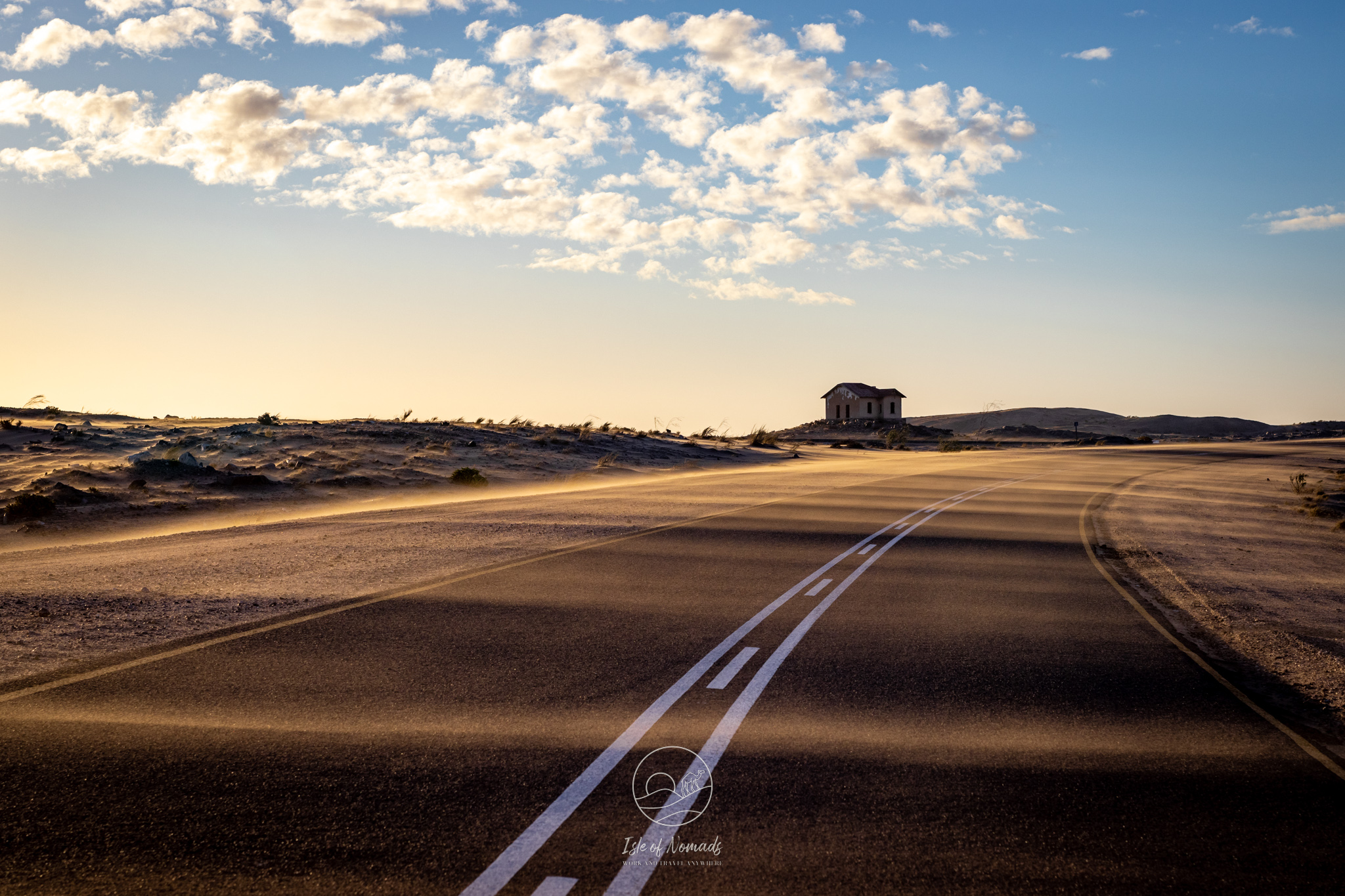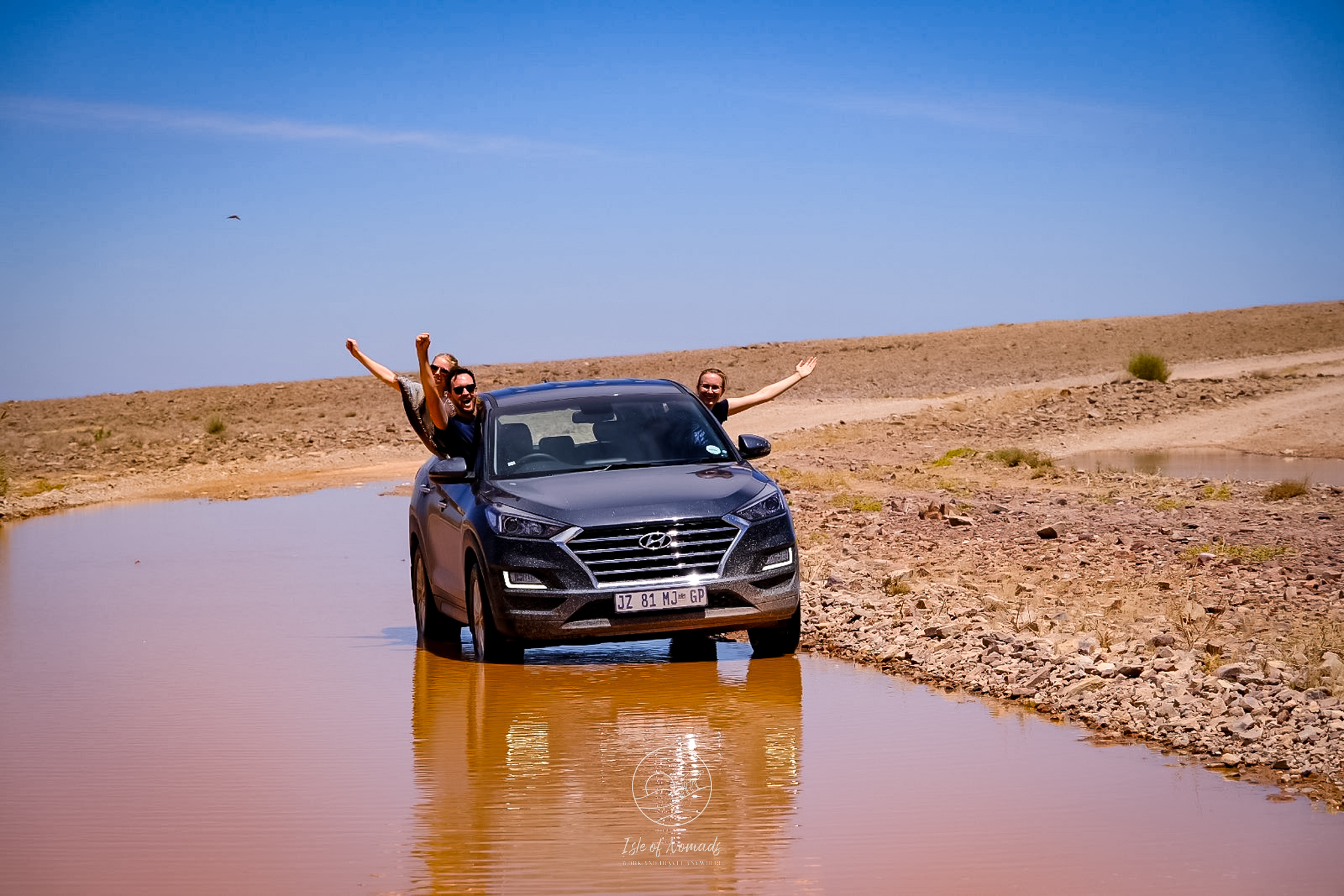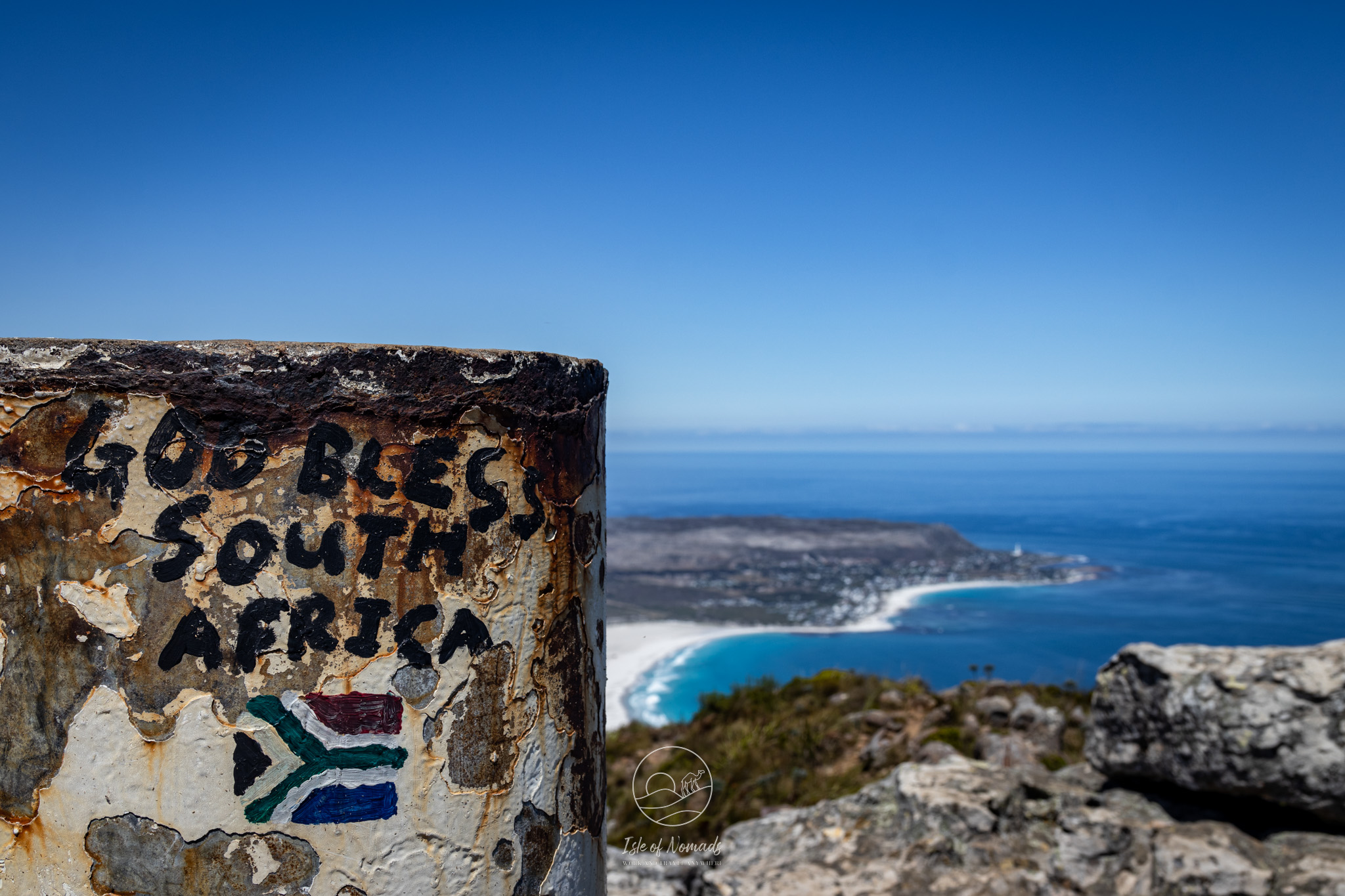Discover the Garden Route: The ultimate itinerary for an unforgettable trip
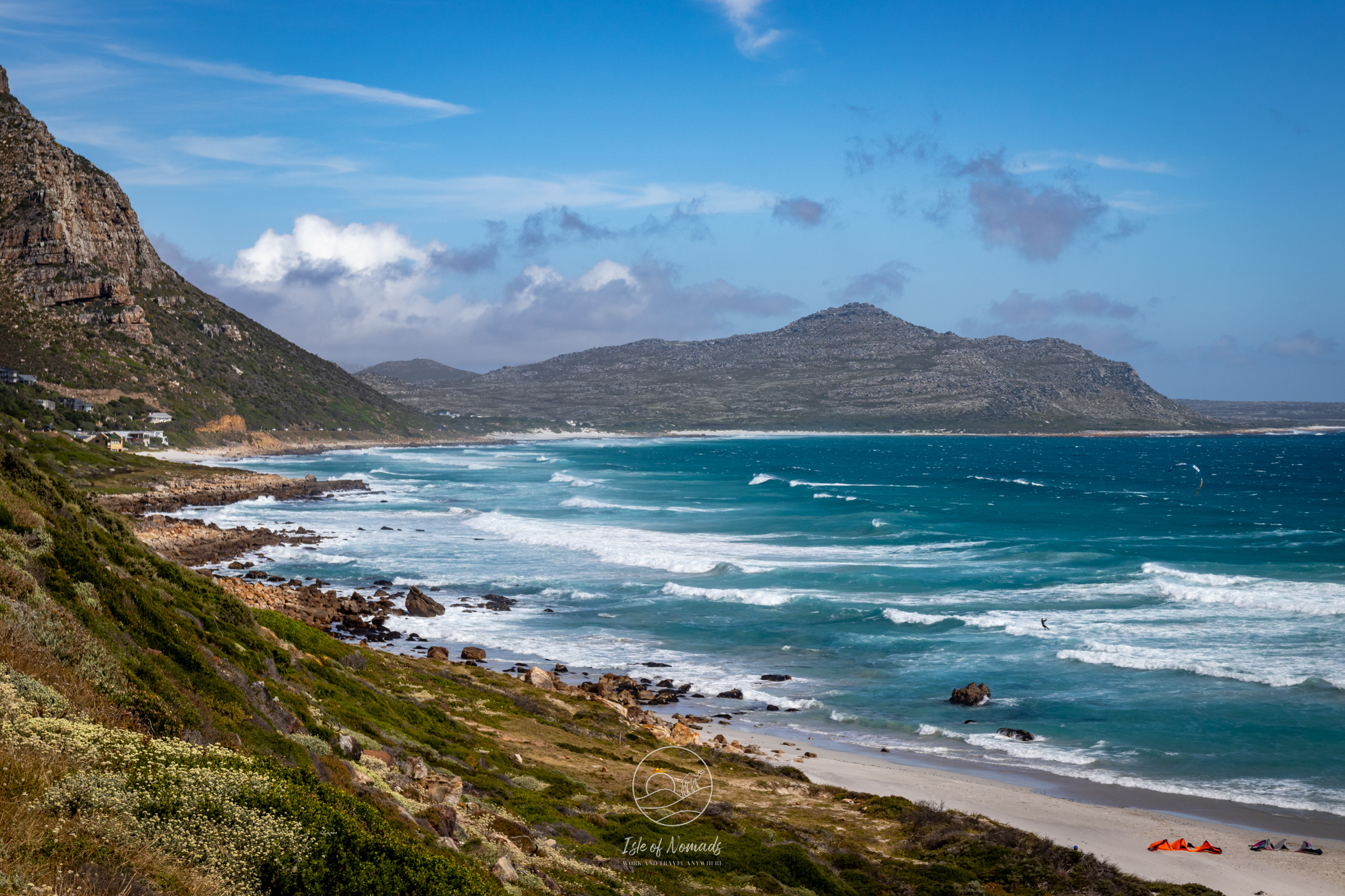
Content
Key information at a glance
| Price for rental: | 30 - 60 EUR / day, depending on car type and time of year |
| Itinerary lenghth: | 1 to 2 weeks |
| Documents needed: | International drivers’ license |
| Best time to travel: | Spring (September to October) or autumn (March to May) |
| For you if: | You love outdoor activities and nature |
| Not for you if: | Longer times spent in a car isn't your thing |
| Country Overview: | Head here for a general overview over South Africa |
When planning our Garden Route adventure, I dove into research mode. Hours of preparation went into perfecting our itinerary - and I like to think that it paid off. This stretch of coastline became a highlight of our travels in South Africa, even compared to our road trip across Namibia, Botswana, and South Africa.
The Garden Route has a little bit of everything, from beautiful beaches and green forests to quaint towns. In this guide, I’ll share our tips on where to stay, what to see, and how to make the most of your visit.
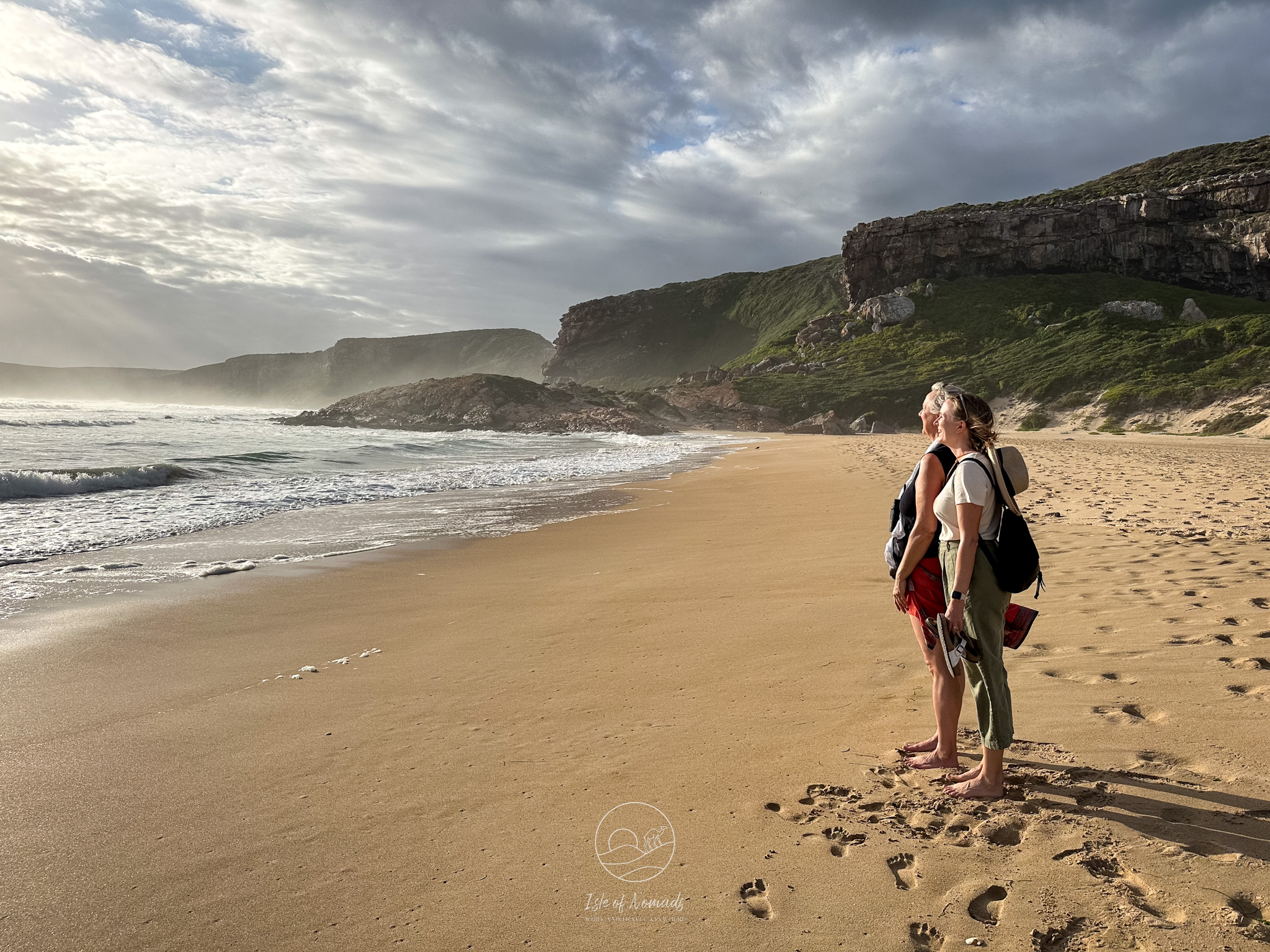
Is it safe to drive through South Africa?
The whole region of Southern Africa, especially South Africa, has a somewhat dubious reputation when it comes to safety. But I am of the opinion that if you follow some basic rules and use common sense, you'll be perfectly fine. I drove across the entire country with my best friend (also female) back in 2016. I was pretty anxious beforehand, but it turned out there was no real need to worry. Just stick to some guidelines and you'll be good to go:
- If you can, try not to drive at night. It’s not just about carjacking (though that’s a concern), but also the fact that you can’t see who or what might suddenly be in the road. There’s a real possibility of hitting wildlife or people who walk on the highways at night.
- Keep your stuff safe by not leaving valuables in the car—especially in plain sight. If possible, take everything with you. If you have to park outside your accommodation, look around and make sure it feels secure. Always lock your doors while driving, and avoid rolling the windows all the way down, especially at stoplights.
- We stick to the rule of never stopping the car between destinations unless we’re sure it’s the police waving us down. And as much as it might feel wrong, we don’t pick up hitchhikers. It’s better to be safe than sorry.
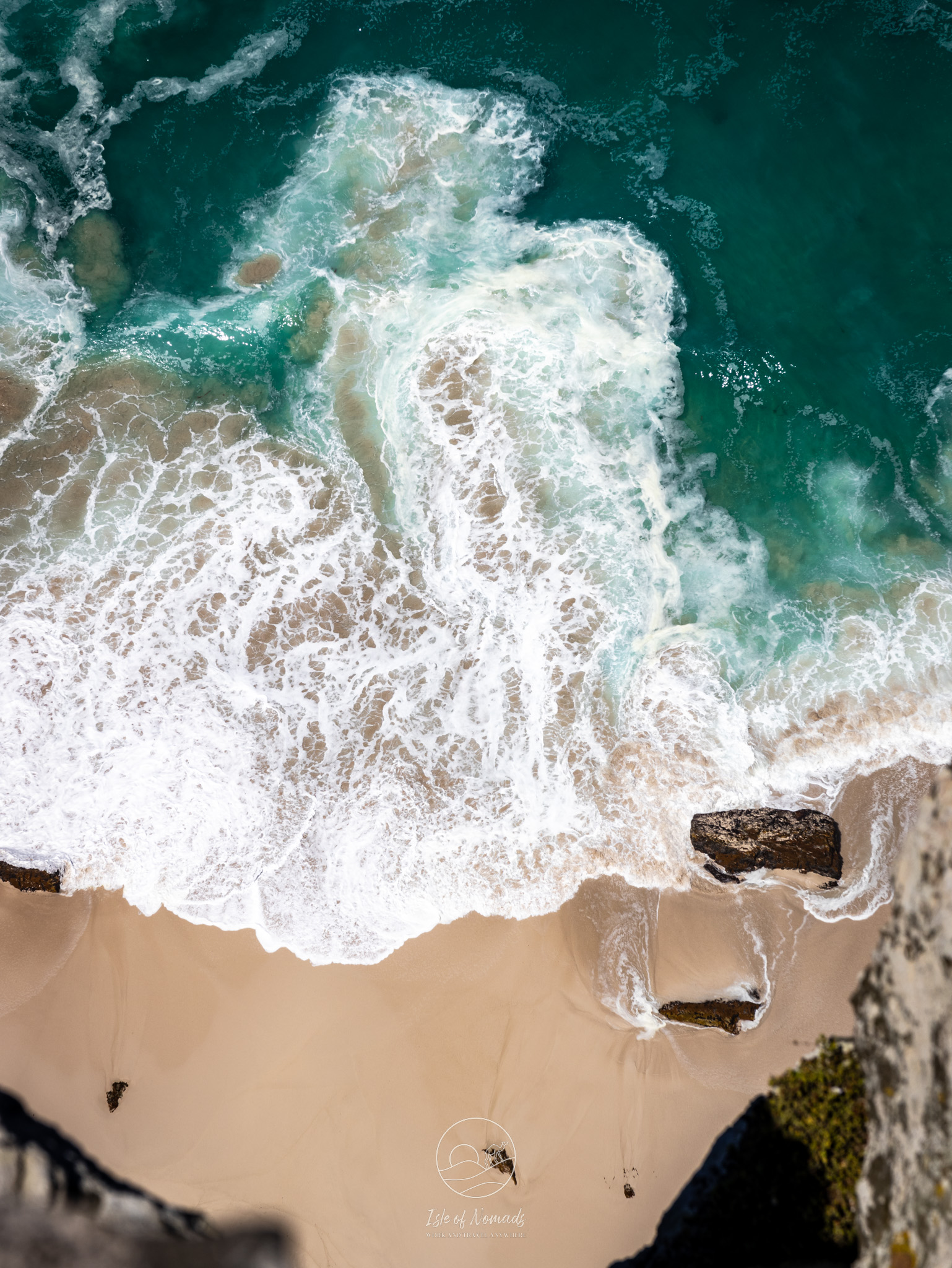
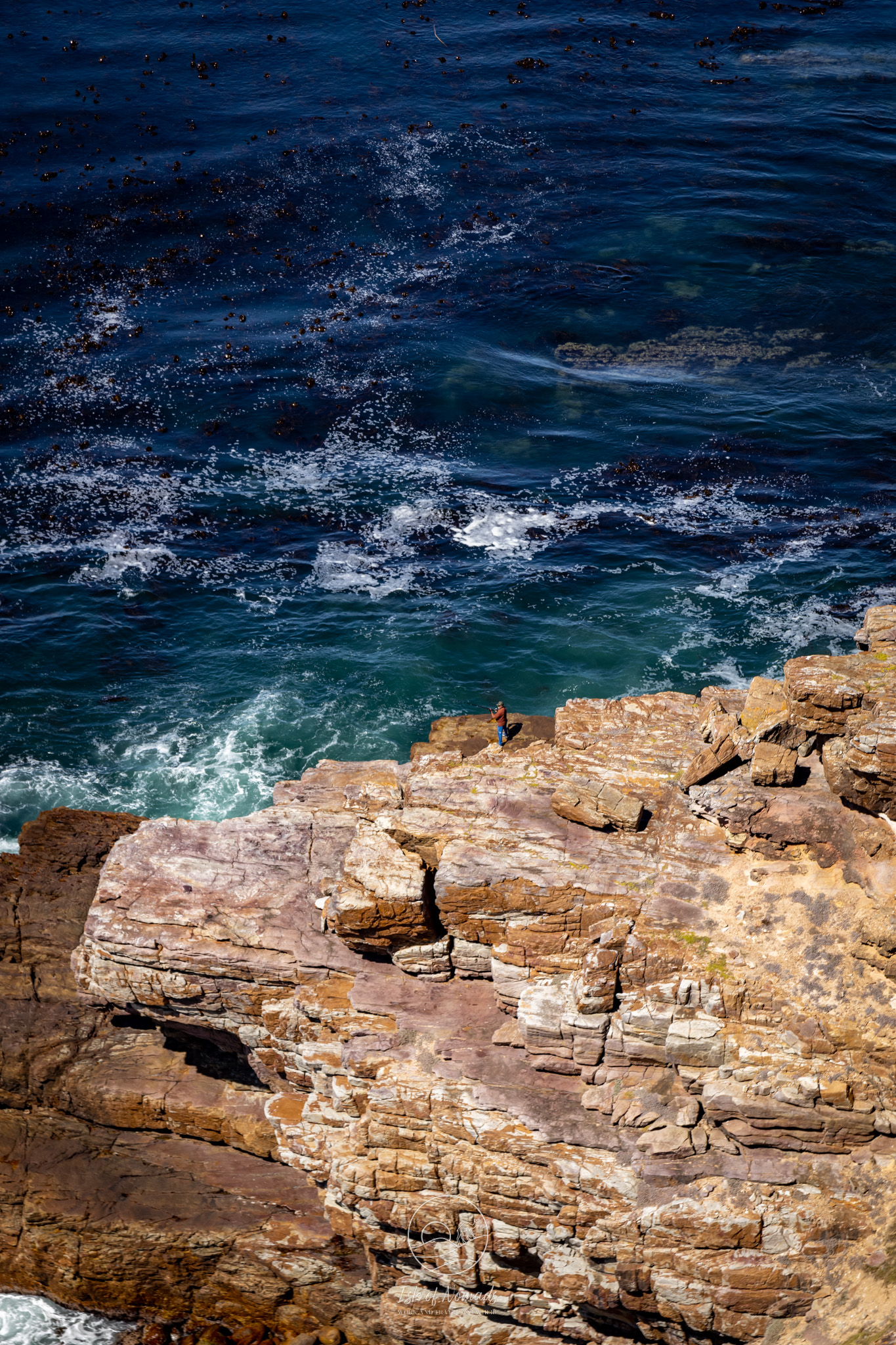
Where to Rent Your Car
If you can swing it budget-wise, I'd recommend renting from big-name companies like Avis or Europcar. These larger agencies have offices all over South Africa, so if you run into any issues, they can help you out faster.
We decided to rent our car through Around About Cars, and we had a bit of a mixed experience. We arrived at the airport around 11 PM, only to find their partner agency, Tempest, already closed. Not the best start after a long flight! We ended up going to Avis instead, but they didn’t have our booking info, so we had to redo the whole paperwork. To make matters worse, the car they gave us was too small for four people plus all our luggage.
In the end, we had to extend our stay in Cape Town to sort it out and to get the right car class. After that rough start, though, the rest of the two-month rental went smoothly. We even swapped our car in Durban after 30 days, and the local Avis team there was great.
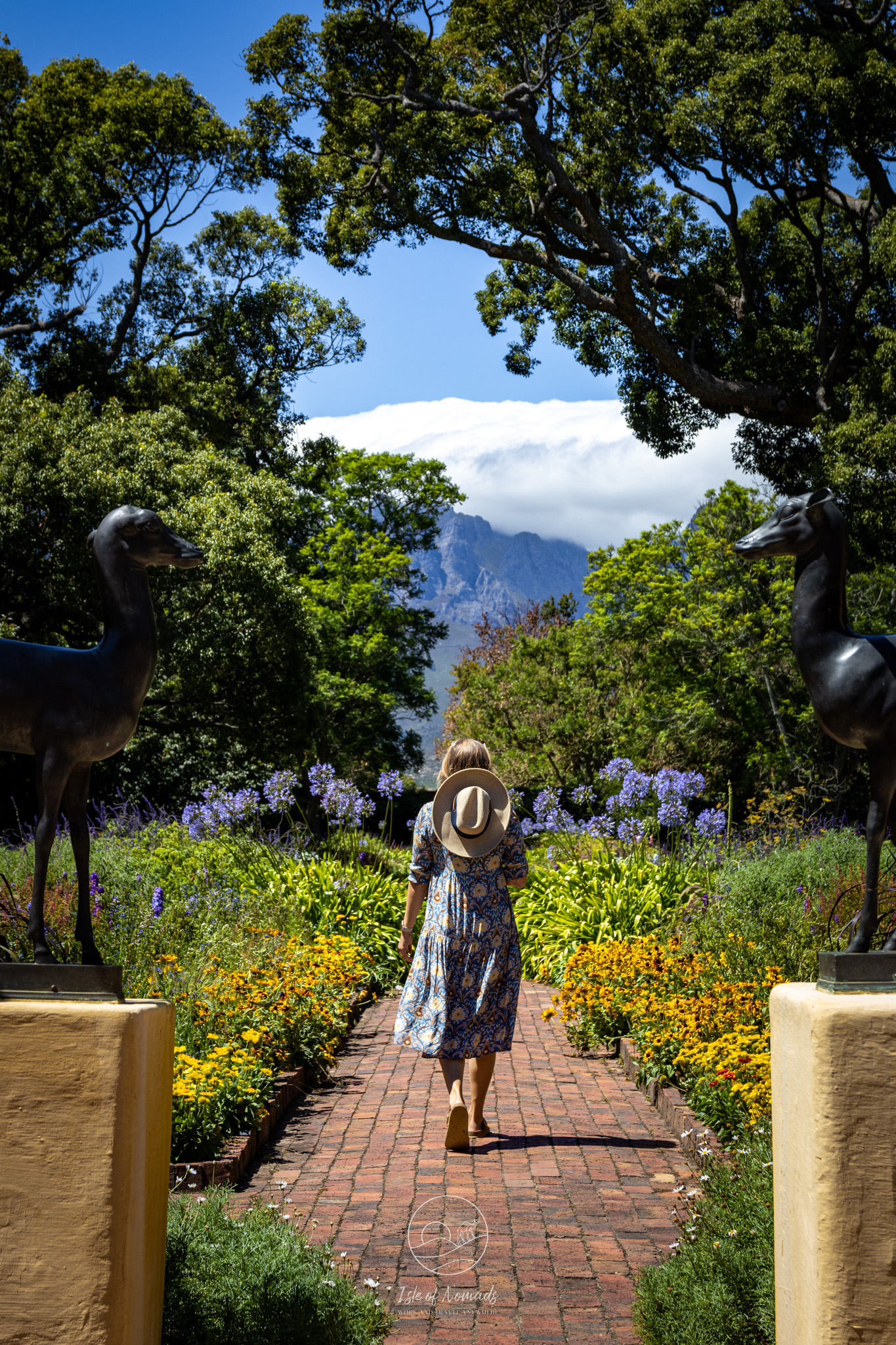
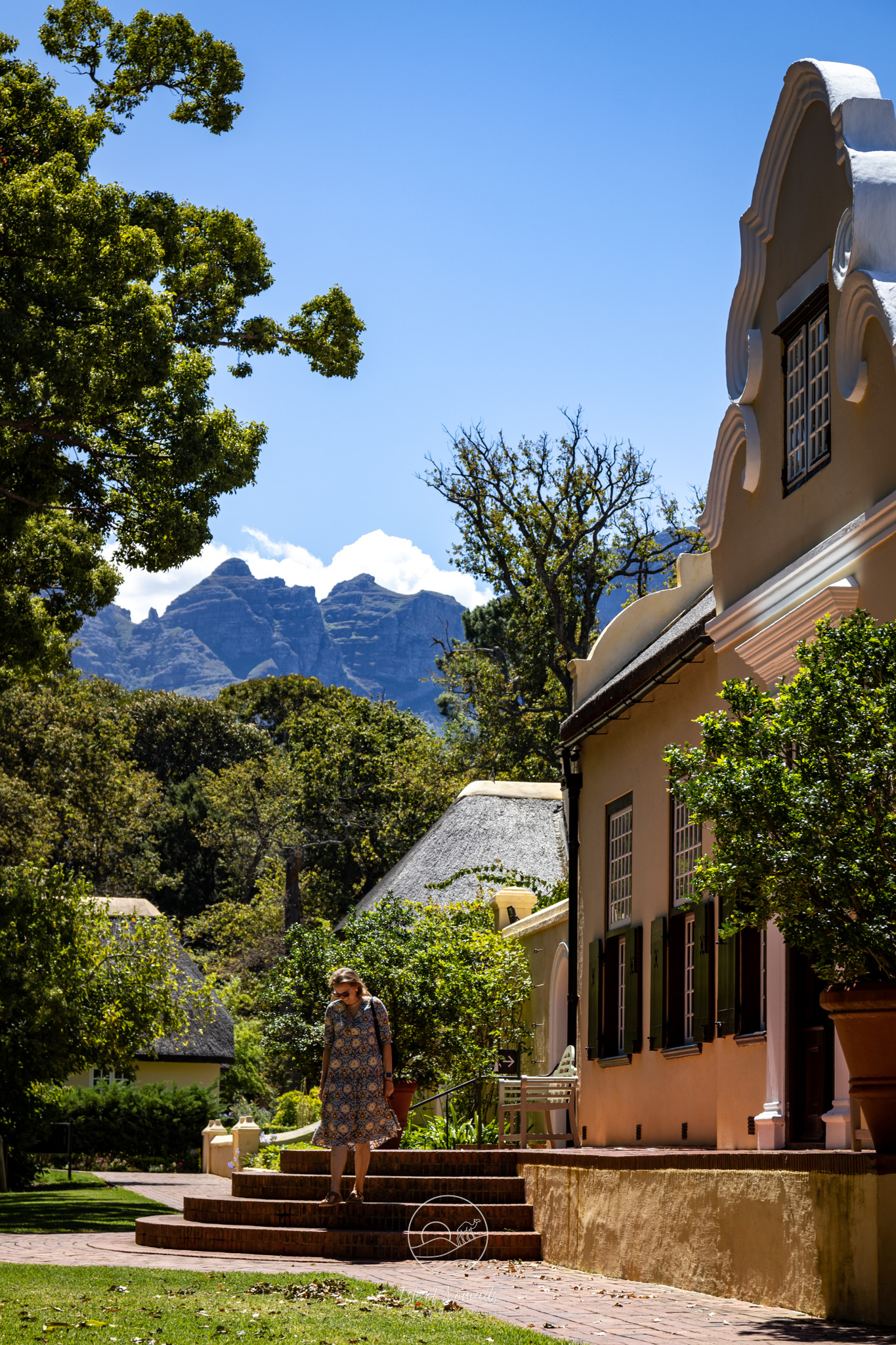
What to Know Before You Drive
International Driver's License: Don't forget to get an international driver's license before your trip. In South Africa, if your license isn't in English, you'll need one.
Check Your Vehicle: Make sure your rental car comes with a good spare tire. Flat tires aren't uncommon on South African roads due to potholes and gravel surfaces. We didn't get a flat ourselves, but it's better to be prepared.
Carry Enough Water: Always have plenty of water with you while driving, especially if you're heading into remote areas. We kept a 5 to 10-liter water jug in the trunk, just in case.
Fuel Up Regularly: Keep an eye on your fuel gauge and fill up whenever you can, even if you're not close to empty. In some rural areas, gas stations can be few and far between. If you're planning to explore very remote regions, consider carrying an extra fuel can.
Entertainment for Long Drives: South Africa is a big country, and you'll be covering long distances. To make those 8-hour driving days more enjoyable, we downloaded several audiobooks before our trip. Some of our favorites were "The Memory of Light" and "Secondhand Time: The Last of the Soviets."
Load Shedding: Before you go, get familiar with the current load shedding schedule in South Africa. Load shedding is when power is cut off in certain areas to help manage the electrical grid. While many places now have generators or solar power and load shedding has dramatically decreased in the past year, it's helpful to know when you might be without electricity. We found it useful to download a load shedding schedule app to stay informed.
Map Overview
Let's start with a quick overview of the main sights that you can choose to include in your itinerary of the Garden Route.
1-Week itinerary
If you have only one week for the Garden Route, follow the itinerary below ("Week 1"), but shorten your stay in Stellenbosch by one day and use day 7 to make your way back to Cape Town from Plettenberg. That means your itinerary would look as follows:
- Day 1: One full day plus night in Stellenbosch
- Day 2: Drive to Hermanus and spend the day here, night in Cape Agulhas
- Day 3: Drive to Wilderness via Swellendam and spend the night here
- Day 4: Make your way to Plettenberg Bay via the stops mentioned below
- Day 5&6: Plettenberg Bay (itinerary see below)
- Day 7: Drive back to Cape Town and fly out
2-Week itinerary: Week 1
If you're looking for recommendations on what to do in Cape Town and the immediate surroundings, have a look at our article about exactly that. And if you're interested in getting a full list of our recommendations for hotels, restaurants and activities in this region (Western Cape) of South Africa, check our Travel Guide!
Day 1 and 2
Kick off your adventure in the heart of South Africa's wine country. Base yourself in Stellenbosch - this is a charming town surrounded by vineyards and mountains. Even if you're not a wine enthusiast, the natural beauty and the estates themselves are worth the visit. You can find a separate guide and itinerary article just about the Cape Winelands here
Consider joining an organized wine tasting tour, or set out by yourself. We suggest visiting Vergelegen Wine Estate, Waterford Estate, and Rust en Vrede Wine Estate. If you can, don't miss lunch at The Table at De Meye. We never miss this lunch when in the area - dining outdoors in their garden is simply beautiful!
If you've got some extra time, check out Old Nectar Gardens and the Dylan Lewis Studio & Sculpture Garden.
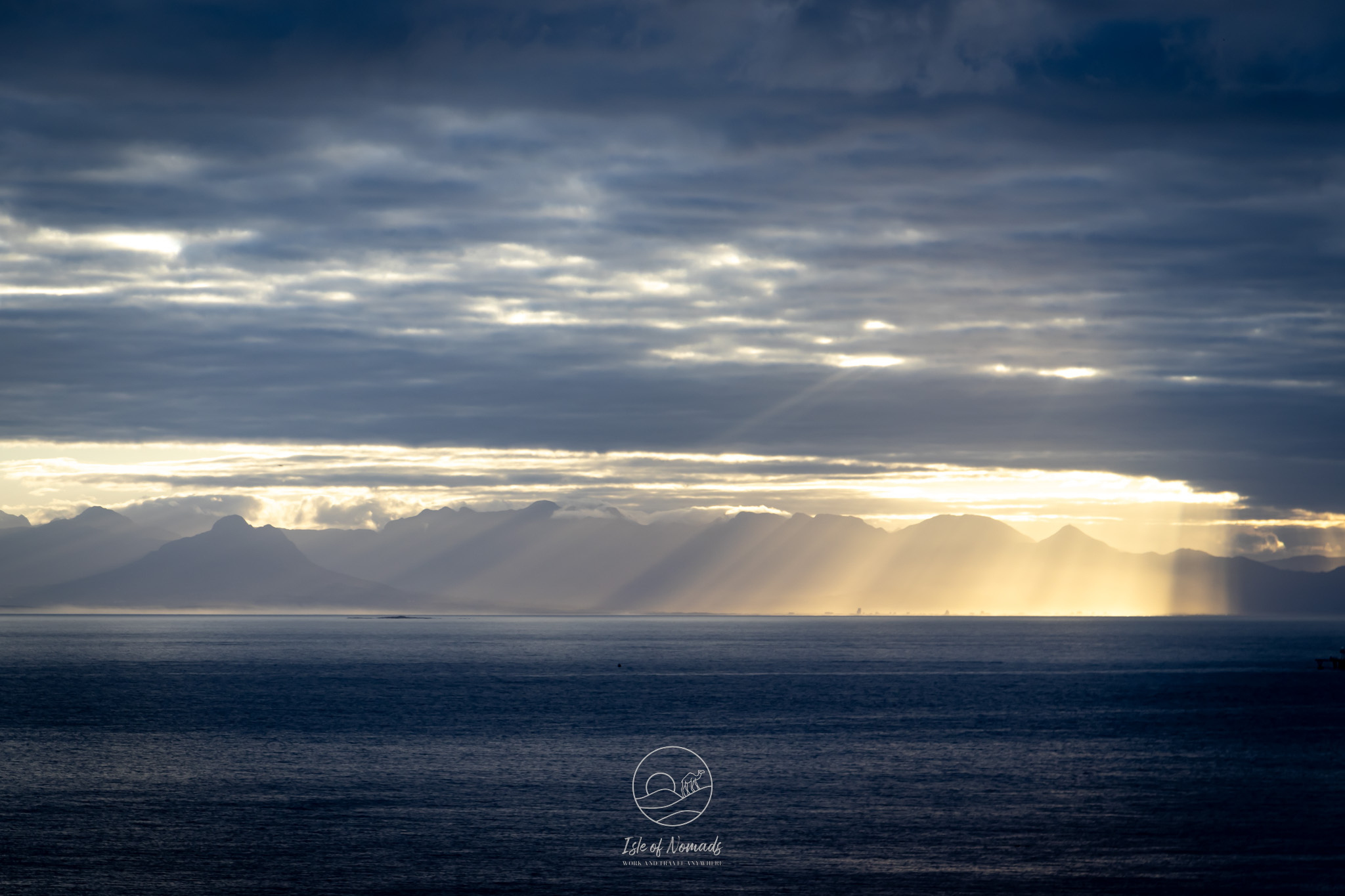
Day 3
Leave Stellenbosch and drive to Hermanus. I recommend taking the scenic route along the shores of False Bay via Pringle Bay — it's a bit longer but the views are totally worth it.
If you're visiting between June and November, you're here in the whale-watching season! Book a boat or canoe trip if you would like to get up close to the animals. However, even from the shore, you're likely to spot these majestic creatures. The Hermanus Cliff Path is a fantastic spot for this.
If horseback riding is your thing, Heaven and Earth Trails offers lovely rides through picturesque farmland.
In the afternoon, continue your journey to Cape Agulhas and visit the Southern Tip of Africa. Spend the night nearby.
Day 4
Today, drive to Wilderness, stopping in Swellendam for a coffee or lunch break — it's a cute town that's perfect for stretching your legs. On the way, consider a stop in Mossel Bay to explore the Cape St Blaize Lighthouse Complex.
If you're up for a slight detour and the weather's clear, head to the Outeniqua Pass Lookout Point. The mountain views along the coast are simply breathtaking!
Once in Wilderness, take a leisurely stroll along the beach. If you feel adventurous (or are an avid surfer), get a surfing lesson (or rent boards) at Vibe Surf School. For a quirky little side trip, visit the Map of Africa.
Spend the night in Wilderness.
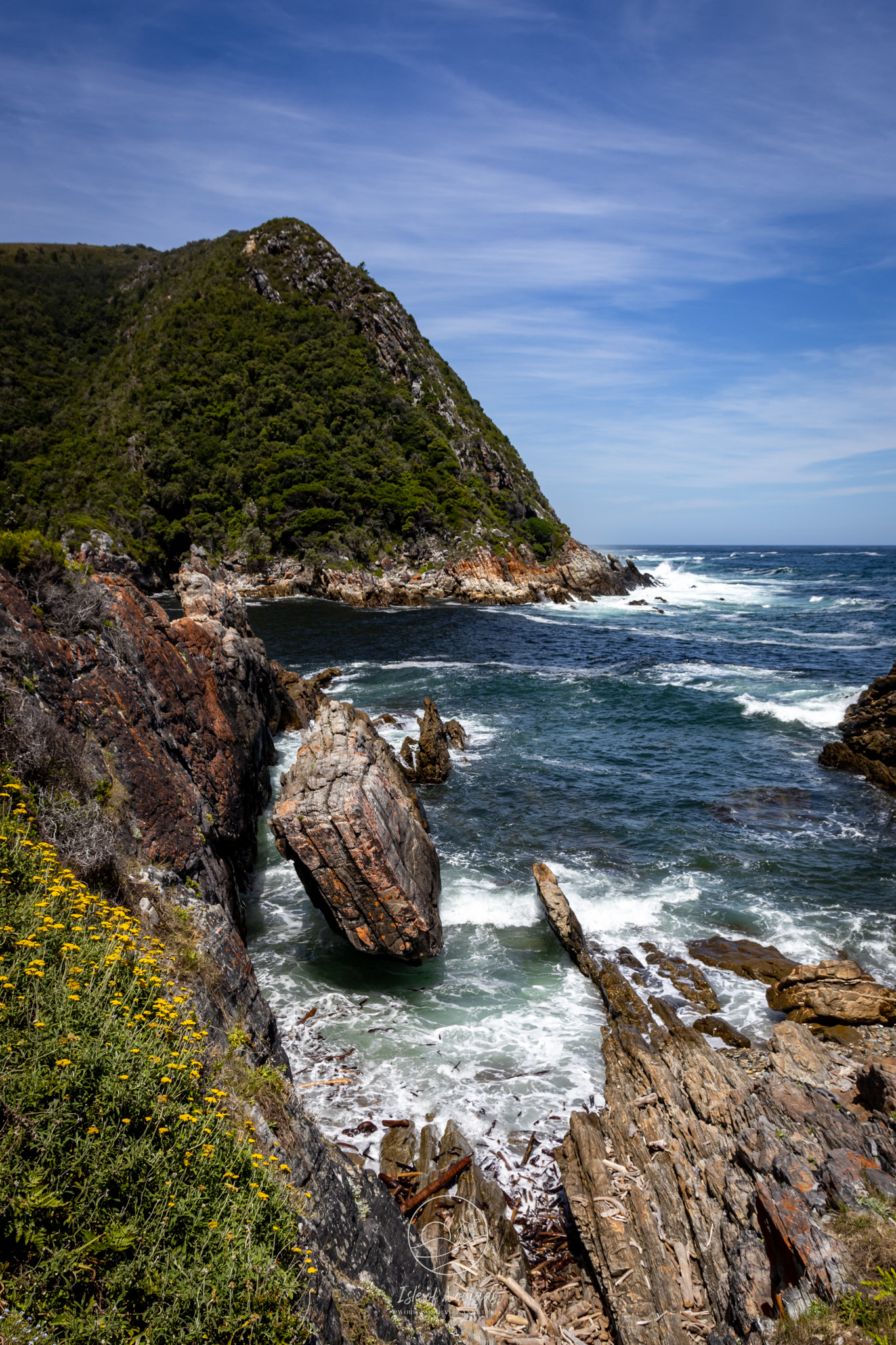
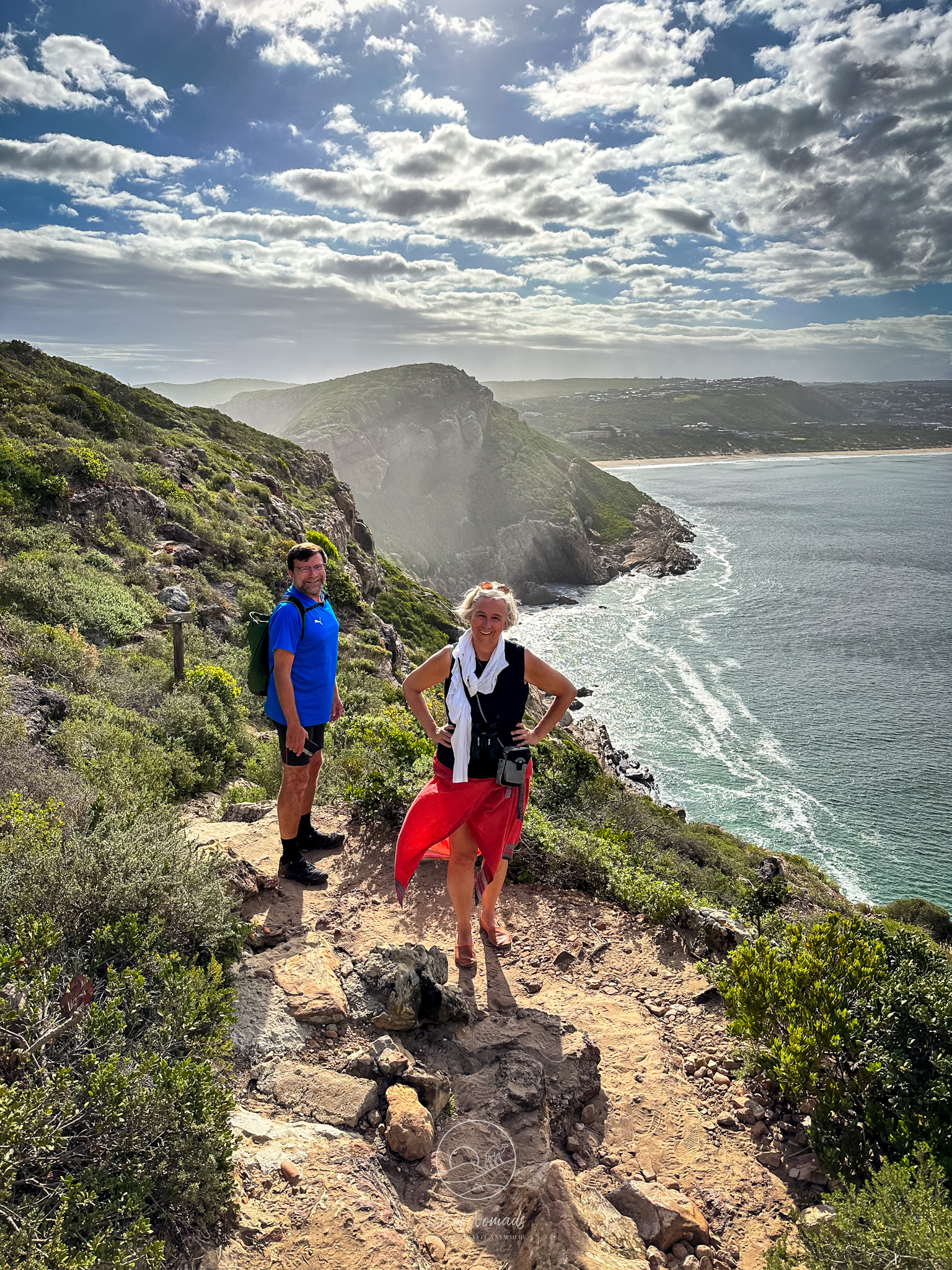
Day 5
On day five, drive along the coast with your first stop at Gericke's Point, where you can take a small morning hike.
When you reach Knysna, don't miss the Knysna Heads. The views are absolutely stunning as you watch the waves crash into the bay from high above. If you want to relax on a beach for a bit, Brenton Beach is a beautiful spot.
Continue your drive to my favorite place along the Garden Route: Plettenberg Bay!
Day 6 and 7
Two days in Plettenberg Bay will give you a taste of why this place is so special. Start one morning by booking a tour to go swimming with seals. It's an unforgettable experience!
In the afternoon, head to Robberg Nature Reserve. Allocate 2-3 hours to walk the Witsand Circuit — it's a moderately challenging hike with incredible ocean views. Make sure you're back in time to catch the sunset at Lookout Beach back in Plettenberg Bay.
On your second day, explore the Tsitsikamma National Park. Don't miss the hike across the suspension bridge to Storms River Mouth. We also did a kayak adventure with Untouched Adventures, which was a fun way to see more of the park from the water.
If you're up for some adrenaline-pumping activities, Plettenberg Bay won't disappoint. You could go abseiling (highly recommended!), try bungee jumping, take a surfing lesson, or go horseback riding. If these activities are not your cup of tea, you can instead visit Birds of Eden or the Lawnwood Snake Sanctuary.
If you have extra time and love hiking, consider the multi-day Otter Trail. It's a 2-3 day trek - we haven't hiked it yet but heard that it's worth the effort.
Don't forget to check out our Travel Guide for tips on where to stay and eat in Plettenberg Bay, Knysna, and Wilderness!
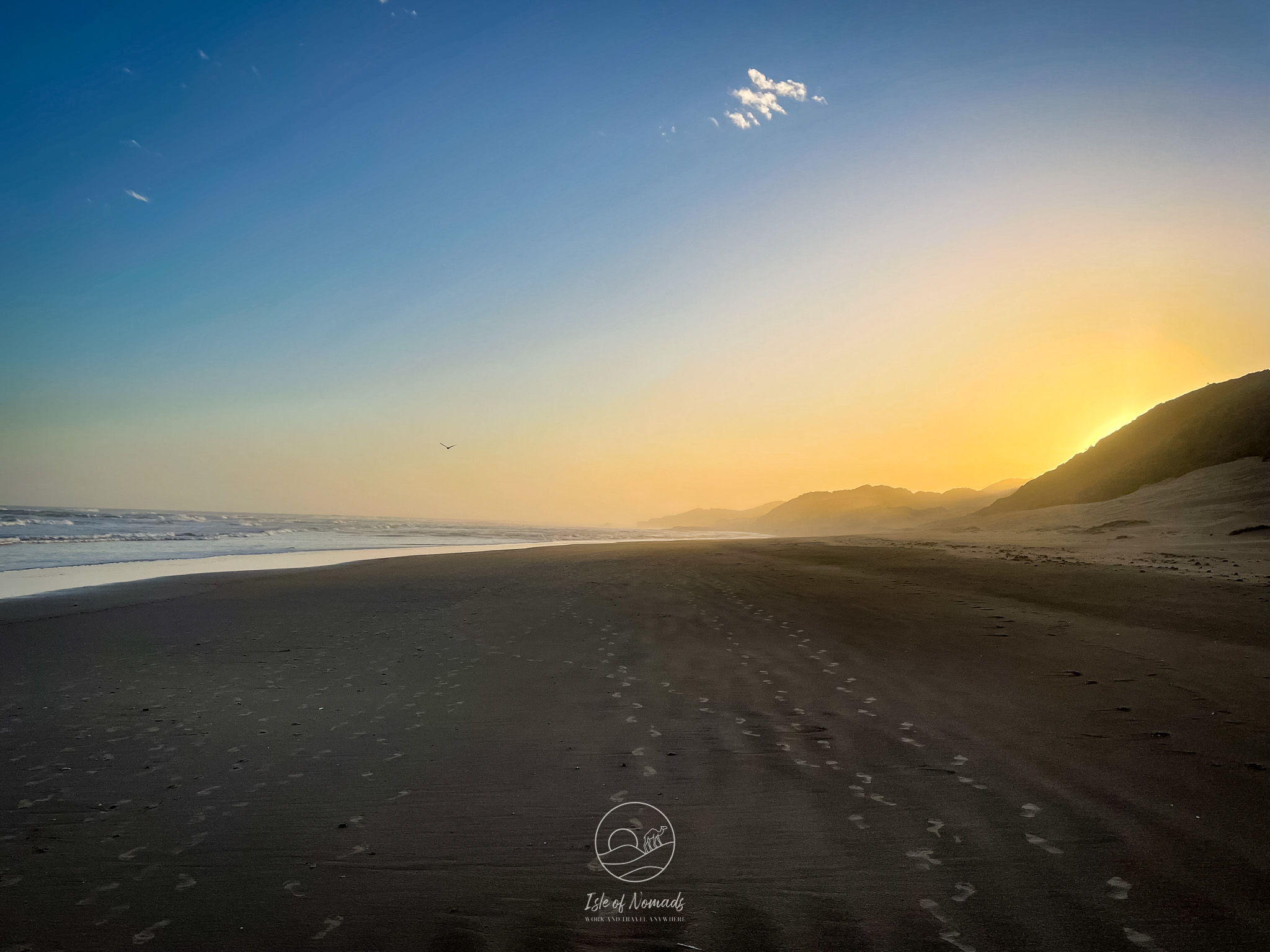
2-Week itinerary: Week 2
Day 8
On day eight, continue your journey along the coast. Take your time driving to Addo Elephant Park. Along the way, stop at Cape St Francis and hike the Wildside Trail. If you love surfing, you might want to spend some time in Jeffreys Bay — a world-renowned surf spot.
In the evening, settle into your accommodation near Addo Elephant Park.
Day 9 and 10
Spend the next two days exploring Addo Elephant Park. On one day, take a self-drive safari — you can explore most of the park on your own, and a regular car is just fine. Pack a lunch and enjoy a picnic surrounded by nature and the animals.
On another day, join a guided game drive. The experienced guides will help you spot wildlife you might miss on your own and they often share fascinating insights about the animals.
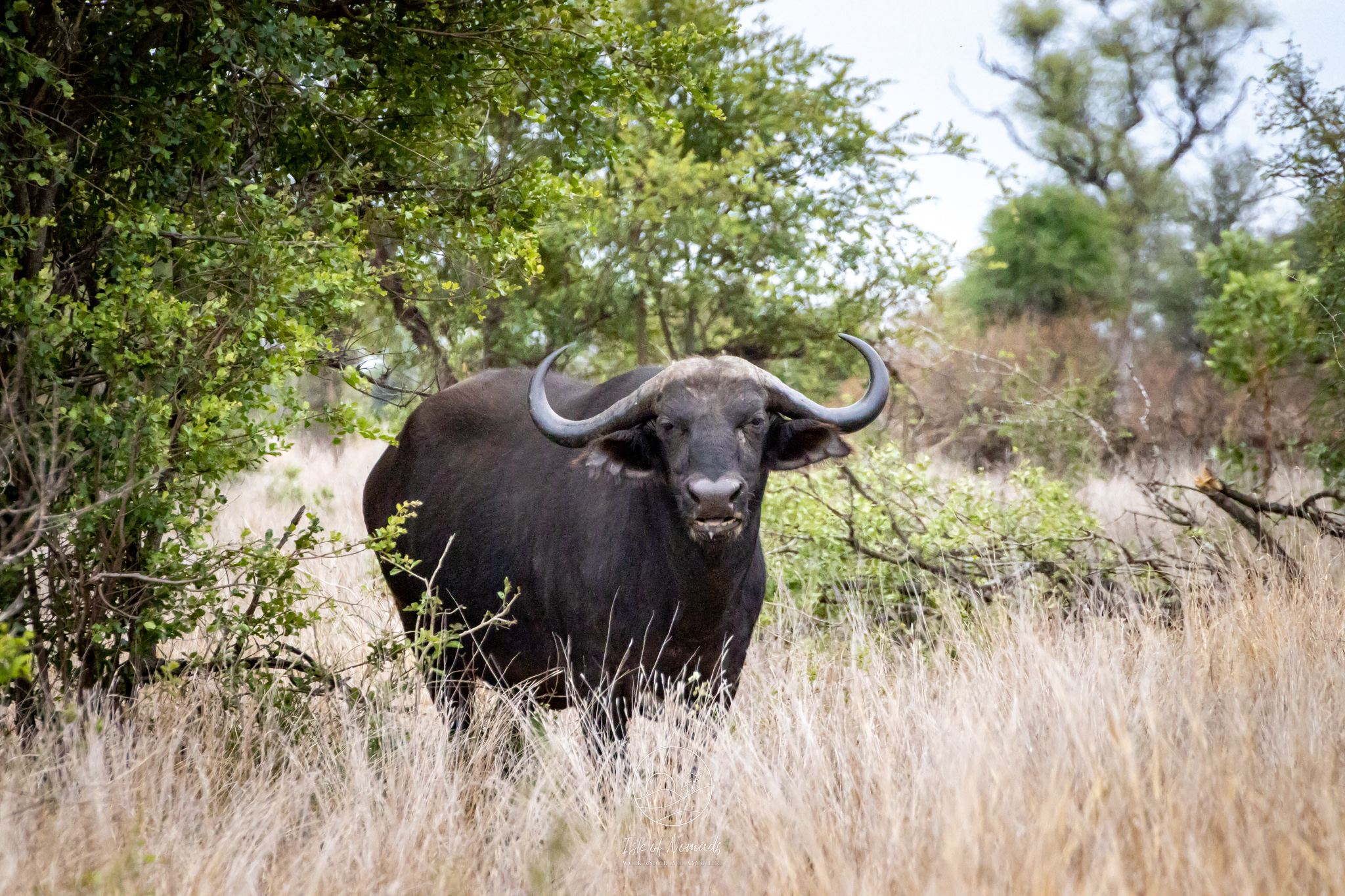
Day 11
After your safari adventure, start making your way back towards Cape Town. Drive to the quaint town of Prince Albert, nestled at the foot of the Swartberg Mountains. It's a bit of a drive (4h 30min / 450km), so start early. Use the afternoon to explore Prince Albert, maybe stop by Fernskloof Wines for a tasting.
Day 12
Hit the road again and drive to the Cederberg Mountains (5h / 380km). You can choose to stay in Clanwilliam or somewhere deeper in the mountains like at Mount Ceder Lodge.
Day 13
While in the Cederberg, make sure to do at least one hike. If you're feeling adventurous, the day hike to the Wolfberg Arch is challenging but incredibly rewarding. Just be cautious — the temperatures can soar, making the hike even more strenuous.
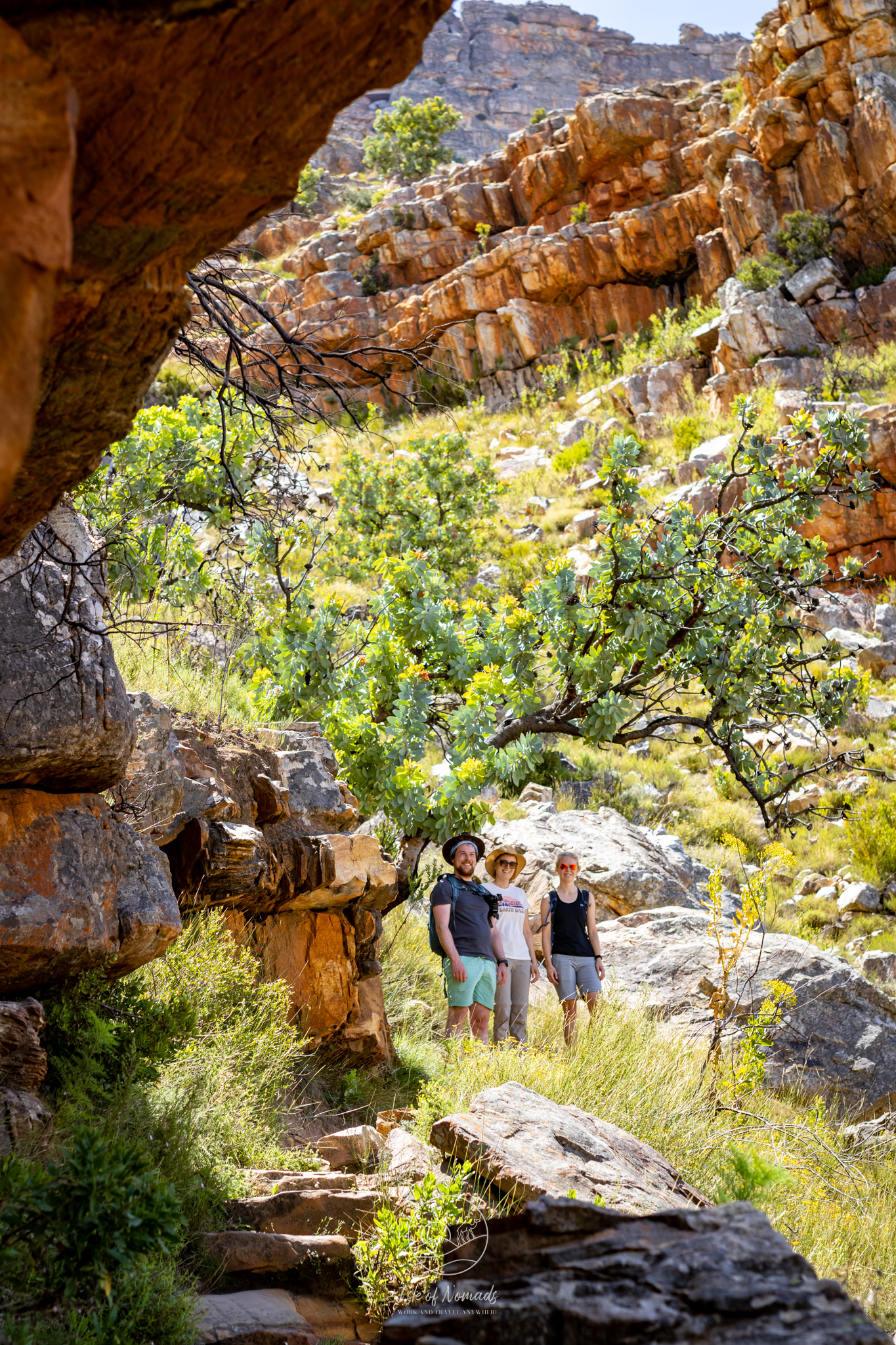
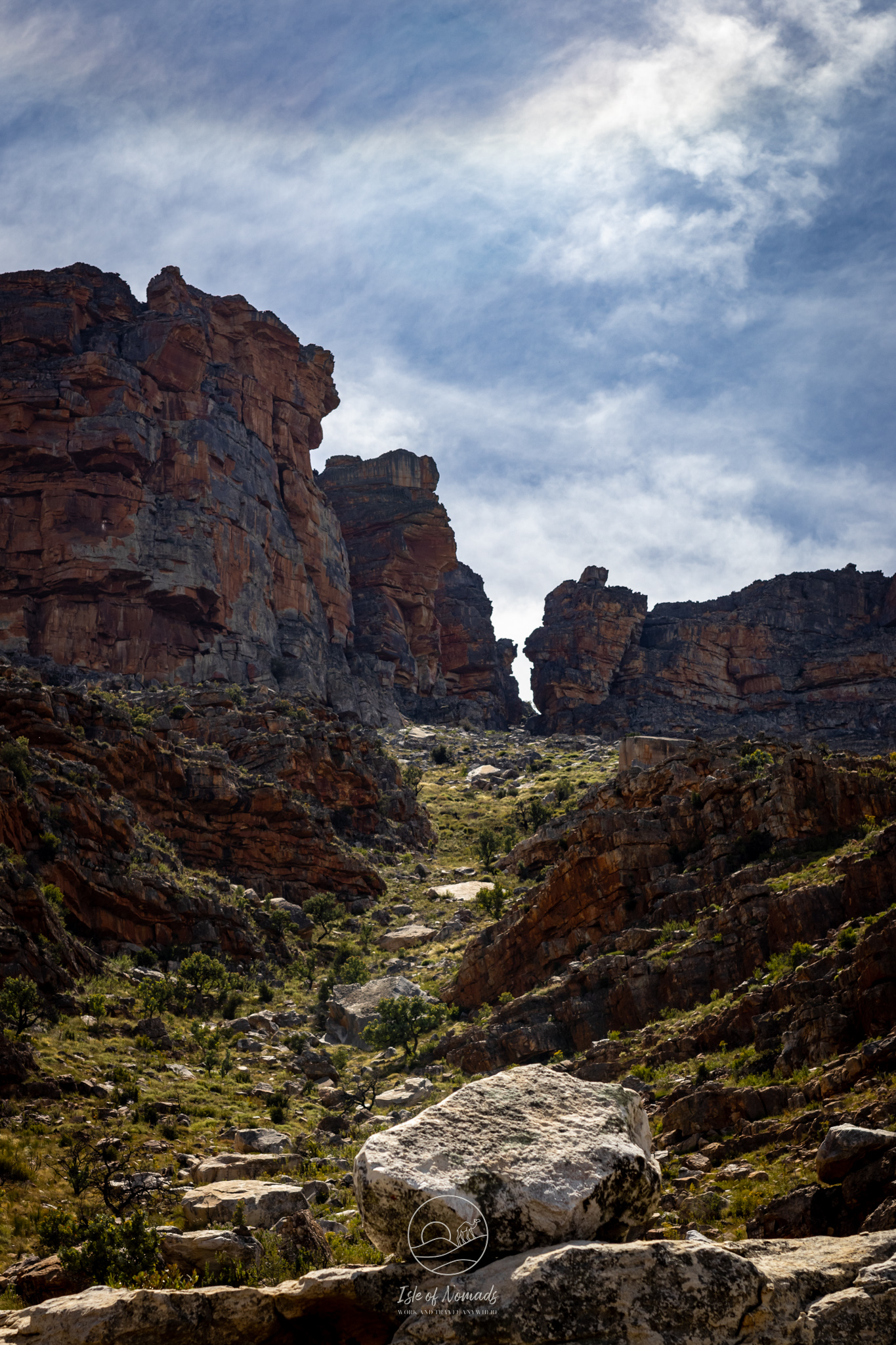
Alternatively, you could cool off with a swim in the Maalgat Rock Pool and visit the Stadsaal Caves. The cave paintings here are among the oldest in the world, depicting human figures and elephants, some of them dating back 8,000 years.
Day 14
All good things come to an end. Drive back to Cape Town, return your car, and catch your flight home.
Try our Wine app
We recently finished the first version of a passion side-project that helps people discover vineyards in the Cape region — based on things like your wine preferences, whether you’re going solo or with friends, if you want to have lunch with your tasting, and even the weather.
If you love the winelands and enjoy trying out new tools, we’d love your help! We’re looking for a few people to test it out and tell us what you think — what works, what doesn’t, and what you'd love to see added. No catch, just something we built for fun and want to improve.
🚨 It’s iOS only for now.
💰 This is free of course - we are looking for feedback on something we built.
📩 If you're keen to test it, just drop us an email (info[at]zermin.de) and we’ll add you to the beta list.
Complete Travel Guide
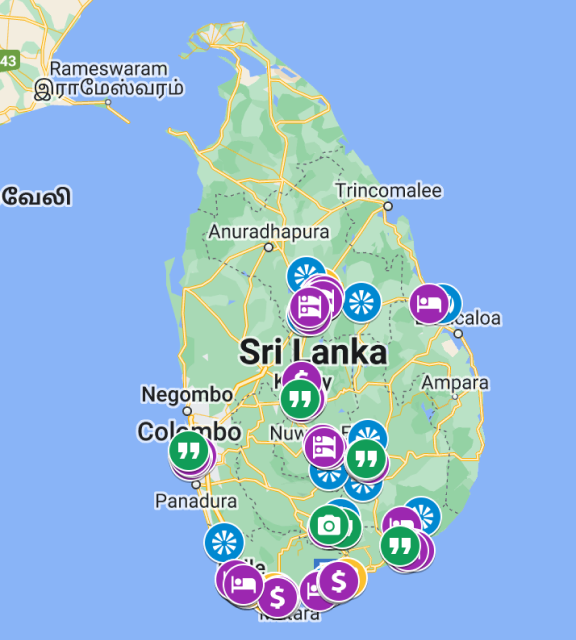
Are you looking for the ultimate travel guide to the Garden Route? Discover the best of this beautiful stretch of coast with my curated Travel Map!
- Best hotels & restaurants
- Hidden gems & local secrets
- Must-see attractions
- Travel tips & recommendations



